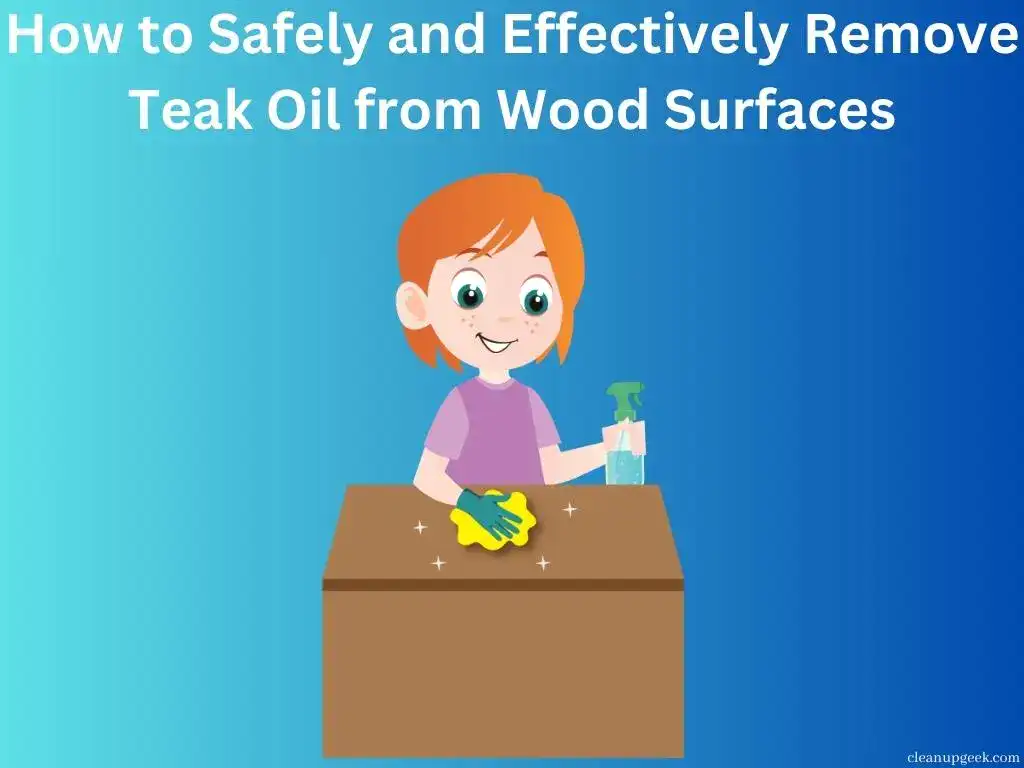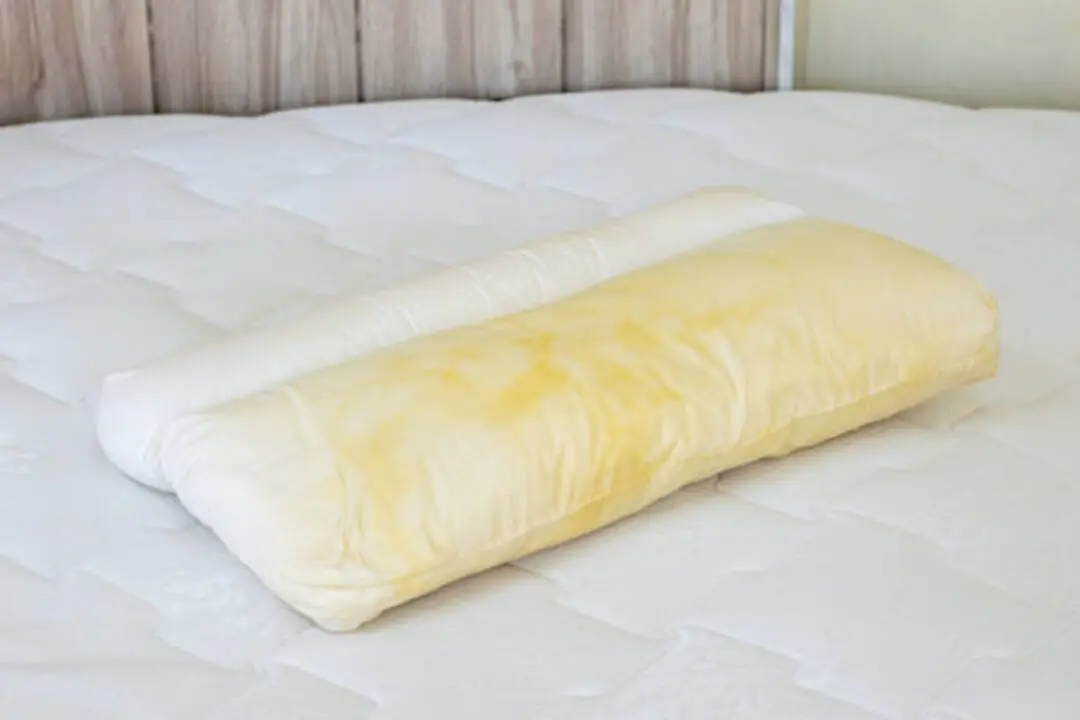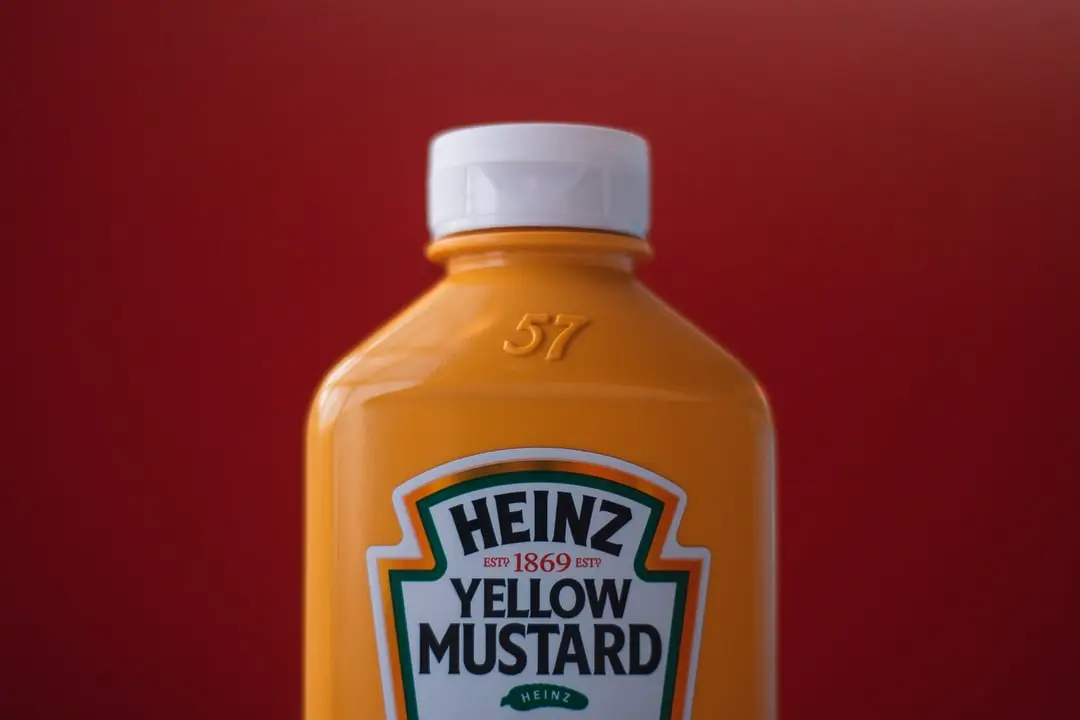Discovering a stubborn teak oil stain on your cherished wood surfaces can be disheartening. Did you know that such stains are often due to over-application of teak oil or improper cleaning?
Fear not; this comprehensive guide is here to provide you with tried-and-true methods for safely and effectively removing teak oil from wood surfaces.
So, stay with us as we dive into the world of stain removal and preventive measures.
KEY INFORMATION
- Teak oil stains wood surfaces when it is over-applied or cleaned improperly.
- Factors to consider before removing teak oil stains include the type of wood, the severity of the stain, and safety precautions.
- Methods for removing teak oil stains include using wood finish strippers, mineral spirits, and chemical strippers.
- Preventive measures such as proper application of teak oil, regular cleaning and maintenance, and the use of protective coatings can help prevent teak oil stains on wood surfaces.
Causes of Teak Oil Stains and Factors to Consider

Teak oil stains wood surfaces due to its penetrating nature, seeping into the pores and creating a dark discoloration. Factors to consider before removing teak oil stains include the type of wood, the age of the stain, and any previous treatments applied to the surface.
How teak oil stains wood surfaces
Teak oil can make wood surfaces look nice. But spills or too much teak oil can cause stains. Sometimes, the wrong ways of cleaning also lead to stains. Teak oil forms a layer on the top surface of the wood.
This layer may not let air or water pass through it. So, if you use more oil than needed, it takes longer to dry and leaves dark spots or stains over time.
Factors to consider before removing teak oil stains

- Type of wood and finish: Different types of wood and finishes may react differently to teak oil stains, so it’s important to consider the specific characteristics of the wood surface before attempting to remove the stain.
- The severity of the stain: The extent of the teak oil stain will determine which removal method is most appropriate. Lighter stains may be easily removed with simple cleaning techniques, while deeper or older stains may require more aggressive methods.
- Test in an inconspicuous area: Before applying any removal method to the entire stained area, it’s important to test it in a small, hidden spot on the wood surface. This will help ensure that the method does not damage or discolor the wood.
- Safety precautions: When using chemical-based removal methods, it is important to wear protective gloves and work in a well-ventilated area. Some chemicals can be harmful if they come into contact with the skin or are inhaled.
- Read the product instructions: If using a wood finish stripper or chemical stripper, carefully read and follow the instructions provided by the manufacturer. Each product may have specific application procedures and safety precautions that need to be followed.
- Patience and persistence: Removing teak oil stains from wood surfaces can take time and multiple attempts. It’s important to be patient and persistent when working on stubborn stains, as rushing or using excessive force can damage the wood surface.
- Seek professional help if needed: If you are unsure about how to safely remove teak oil stains or if you have tried multiple methods without success, it may be best to consult a professional for assistance. They will have experience in dealing with various types of stains and can provide expert advice on how to effectively remove them without damaging your wood surfaces.
Remember, each piece of furniture is unique, so always approach stain removal with caution and care.
Methods of Removing Teak Oil Stains

There are several effective methods for removing teak oil stains, including using wood finish strippers, mineral spirits, and chemical strippers.
1. Using a wood finish stripper
Wood finish stripper is an effective method for removing teak oil stains from wood surfaces. It can help to break down the oil and lift it from the wood. Here are the steps to safely use a wood finish stripper:
- Prepare the area: Ensure proper ventilation by opening windows or using fans. Lay down a drop cloth or plastic sheet to protect the surrounding area.
- Wear protective gear: Put on gloves, safety goggles, and a mask to protect your skin, eyes, and lungs from the chemicals in the stripper.
- Apply the stripper: Use a brush or sponge to apply a generous amount of wood finish stripper onto the stained area. Make sure to cover the entire stain with an even layer.
- Allow it to penetrate: Let the stripper sit on the wood surface for the recommended amount of time specified on the product label. This will allow it to penetrate and loosen the teak oil stain.
- Scrub and remove: Use a scrub brush or abrasive pad to gently scrub away the stain in circular motions. As you scrub, you should start to see the teak oil lift off.
- Wipe clean: Once you have removed as much of the stain as possible, wipe down the wood surface with a clean rag soaked in mineral spirits or warm soapy water. This will remove any residue left behind by the stripper.
- Rinse and dry: Rinse off any remaining residue with clean water and pat dry with a clean towel.
2. Using mineral spirits
To remove teak oil stains from wood surfaces, you can use mineral spirits. Here’s how:
- Prepare the area: Make sure you are working in a well-ventilated space and protect your hands with gloves.
- Apply mineral spirits: Dip a clean rag into the mineral spirits and gently rub it onto the stained area. Make sure to cover the entire stain.
- Let it sit: Allow the mineral spirits to sit on the stain for a few minutes to penetrate and break down the teak oil.
- Wipe away: Using a fresh, clean rag, wipe away the mineral spirits along with the teak oil stain. Keep wiping until no more residue is left.
- Repeat if necessary: For stubborn stains, you may need to repeat this process until the stain is completely removed.
- Clean up: Dispose of any used rags properly and wash your hands thoroughly after handling mineral spirits.
3. Using a chemical stripper
To remove teak oil stains from wood surfaces, you can use a chemical stripper. Here’s how:
- Prepare the area: Ensure proper ventilation and wear protective gloves, goggles, and a mask to avoid inhaling fumes.
- Choose a suitable chemical stripper: Look for a stripper specifically designed for removing oil-based stains from wood surfaces.
- Apply the stripper: Follow the instructions on the product label. Generally, you’ll need to apply an even coat of the stripper onto the stained area using a brush or sponge.
- Let it sit: Allow the chemical stripper to penetrate the teak oil stain for the recommended amount of time (usually around 15–30 minutes).
- Scrub or scrape off the stain: Use a scrub brush or scraper to gently agitate and remove the loosened teak oil stain from the wood surface.
- Rinse and dry: After successfully removing the stain, rinse the area thoroughly with clean water. Dry it completely using a clean towel or cloth.
Preventive Measures

To prevent teak oil stains on wood surfaces, it is important to properly apply the teak oil, regularly clean and maintain the wood, and use protective coatings for added protection.
1. Proper application of teak oil
To ensure the proper application of teak oil and prevent stains on wood surfaces, follow these steps:
- Clean the surface: Before applying teak oil, make sure the wood surface is clean and free from dust, dirt, and any previous finishes. Use a mild soap and water solution or a wood cleaner specifically designed for teak furniture.
- Sand the surface: If there are any rough areas or old finishes on the wood, lightly sand the surface with fine-grit sandpaper to create a smooth base for the teak oil to adhere to.
- Apply teak oil evenly: Using a clean rag or brush, apply a thin coat of teak oil to the wood surface in the direction of the grain. Make sure to cover all exposed areas, including corners and edges.
- Allow it to penetrate: Let the teak oil penetrate the wood for about 15–20 minutes. This allows it to soak in and nourish the wood fibers.
- Wipe off excess oil: After the recommended soaking time, use a clean rag to wipe off any excess teak oil that has not been absorbed by the wood. This helps prevent an oily residue and uneven drying.
- Repeat if necessary: Depending on the condition of the wood, you may need to apply multiple coats of teak oil. Follow steps 3-5 for each additional coat, allowing adequate drying time between applications.
2. Regular cleaning and maintenance
Regular cleaning and maintenance are essential for keeping wood surfaces free from teak oil stains and maintaining their appearance. Here are some tips to follow:
- Wipe down the wood surface regularly with a clean, damp cloth to remove any dust or dirt.
- Avoid using harsh chemicals or abrasive cleaners that can strip away the natural oils and color of the wood.
- If there are any spills or stains, clean them up immediately with mild soap and water.
- For tougher stains, you can use rubbing alcohol or a specialized wood cleaner recommended for your specific type of wood.
- Avoid placing hot items directly on the wood surface, as this can cause heat marks or damage the finish.
- Use coasters or mats under glasses and dishes to prevent water rings or stains.
- Keep your wood surfaces out of direct sunlight to avoid fading or discoloration.
- Apply a protective coating such as wax or varnish to seal the wood surface and provide additional protection against stains.
3. Using protective coatings
Protective coatings can help prevent teak oil stains and protect wood surfaces. Here are some options to consider:
- Sealers: Applying a sealer over the wood can create a barrier that prevents teak oil from penetrating and staining the surface.
- Varnish: Varnish provides a durable protective layer that helps shield the wood from teak oil stains and other damage.
- Polyurethane: Polyurethane is a popular choice for protecting wood surfaces. It forms a strong, clear coating that resists teak oil stains and enhances the wood’s natural beauty.
- Lacquer: Lacquer is another option for protecting wood surfaces. It dries quickly to form a hard, glossy finish that can withstand teak oil stains.
- Oil finish: Some oils, like tung or linseed oil, can be used as a protective coating for wood surfaces. They soak into the wood to enhance its natural color while also providing some resistance to teak oil stains.
Frequently Asked Questions

1. What causes oil stains on teak wood surfaces?
Oil-based stains, water stains, and natural wear can cause surface stains on teak wood.
2. How can I remove oil stains from my teak furniture?
Methods of removal for oil stains from teak wood include cleaning with a soft cloth and warm soapy water or using a specifically designed product.
3. Does removing teak oil get rid of the smell too?
Yes, when you follow the right methods to remove the teak oil, it also helps in removing the offending smell.
4. Can I prevent future oil and water stains from showing up on my wooden surfaces?
Yes, sealing your wooden surfaces can help provide wood surface protection from potential staining and ensure a natural wood finish.
5. Do I need special products for taking care of my Teak furniture?
For effective cleaning and caring for your teak furniture as part of regular maintenance; proper cleaners along with some important cleaning tips are necessary to protect this type of wood.
Conclusion and final thoughts
In conclusion, removing teak oil stains from wood surfaces can be done safely and effectively with the right methods and preventive measures.
By considering factors such as wood type and finish, using techniques like sanding or using warm soapy water, and implementing preventative measures like applying a sealer or wiping up spills immediately, you can keep your wood surfaces looking clean and beautiful.
Remember to always take proper care of your teak furniture by cleaning it regularly and protecting it from direct sunlight and extreme weather conditions.








